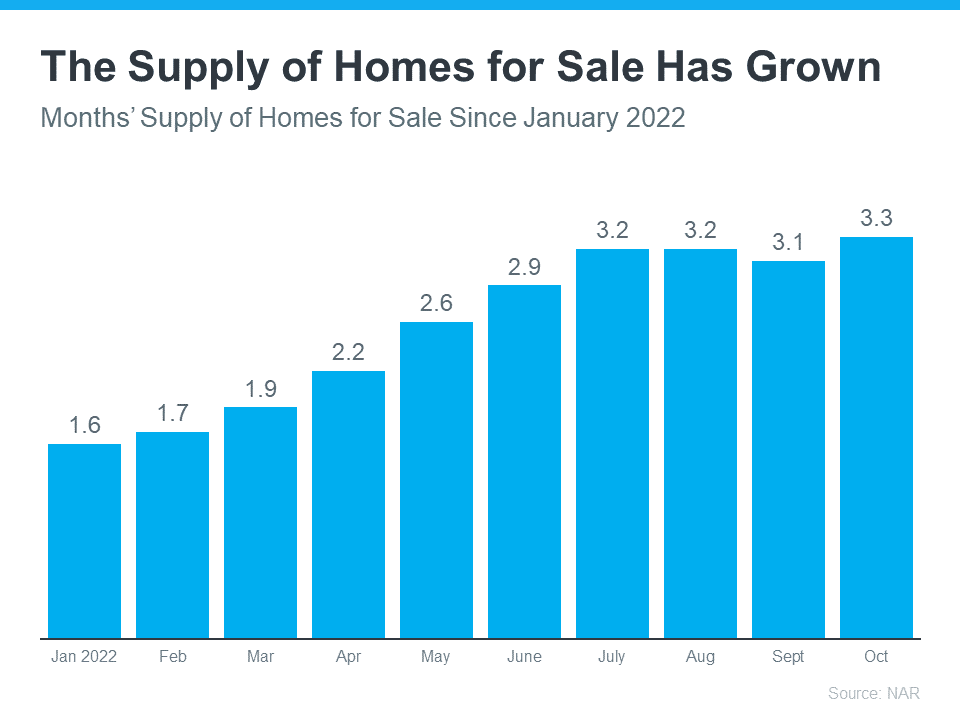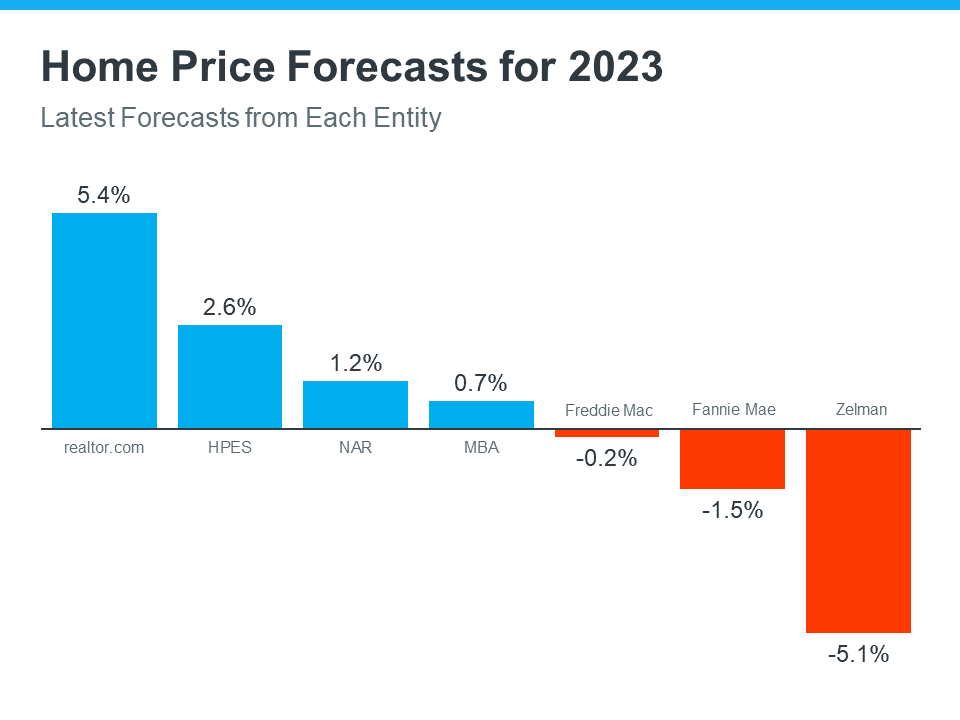 There’s no doubt today’s housing market is very different than the frenzied one from the past couple of years. In the second half of 2022, there was a dramatic shift in real estate, and it caused many people to make comparisons to the 2008 housing crisis. While there may be a few similarities, when looking at key variables now compared to the last housing cycle, there are significant differences. Continue reading…
There’s no doubt today’s housing market is very different than the frenzied one from the past couple of years. In the second half of 2022, there was a dramatic shift in real estate, and it caused many people to make comparisons to the 2008 housing crisis. While there may be a few similarities, when looking at key variables now compared to the last housing cycle, there are significant differences. Continue reading…

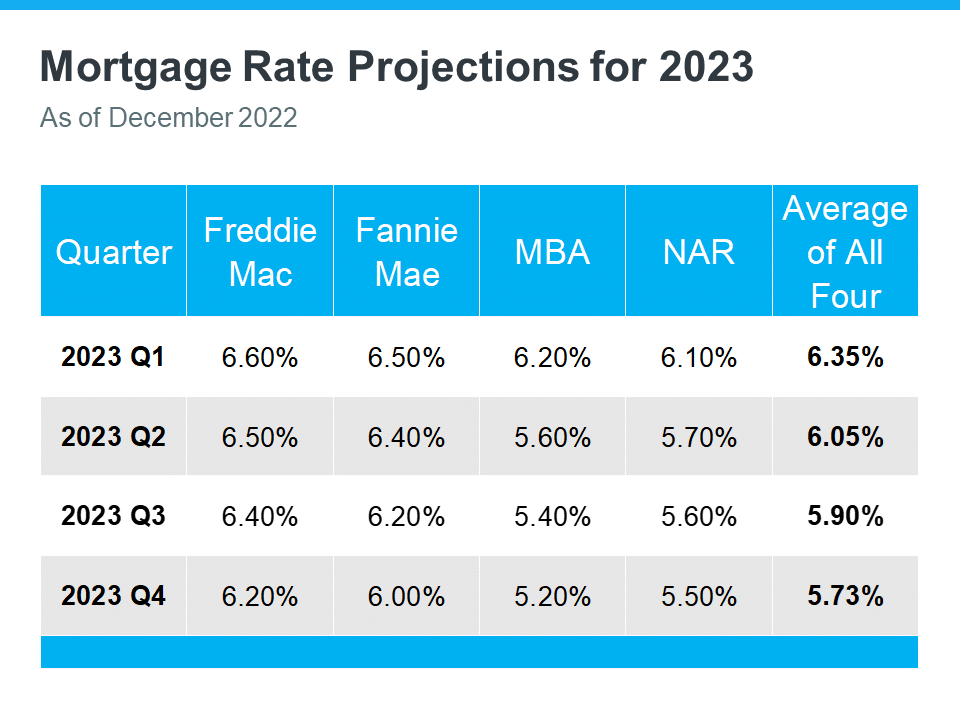


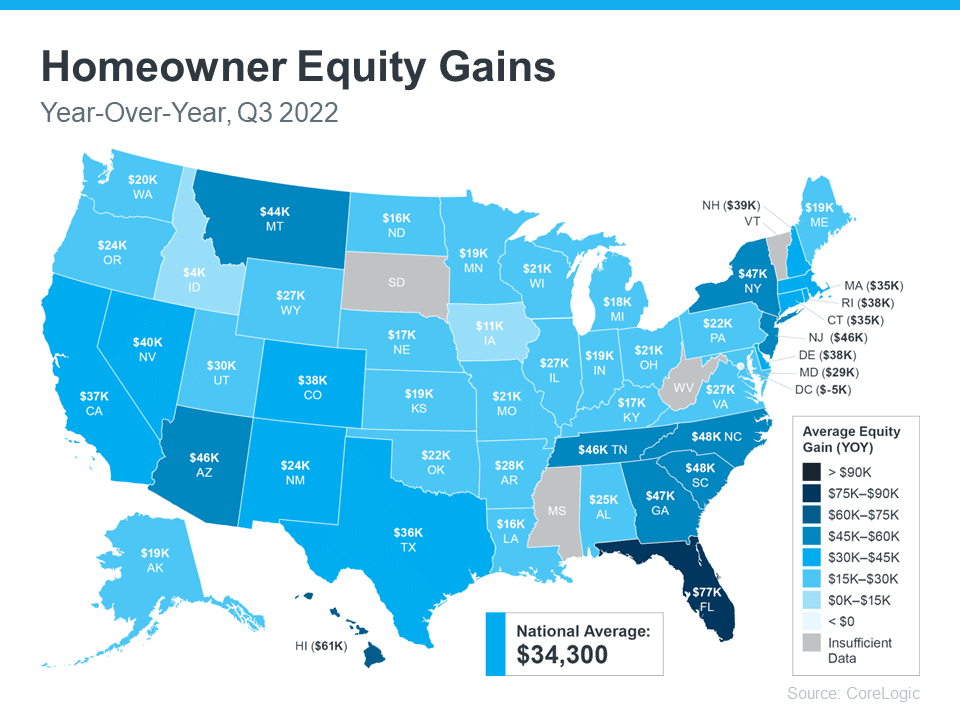


![2023 Housing Market Forecast [INFOGRAPHIC] | Simplifying The Market](https://daytonabeachpropertysearch.com/wp-content/uploads/2022/12/2023-Housing-Market-Forecast-KCM-Share-549x300-1.png)
![2023 Housing Market Forecast [INFOGRAPHIC] | Simplifying The Market](https://daytonabeachpropertysearch.com/wp-content/uploads/2022/12/2023-Housing-Market-Forecast-MEM.png)


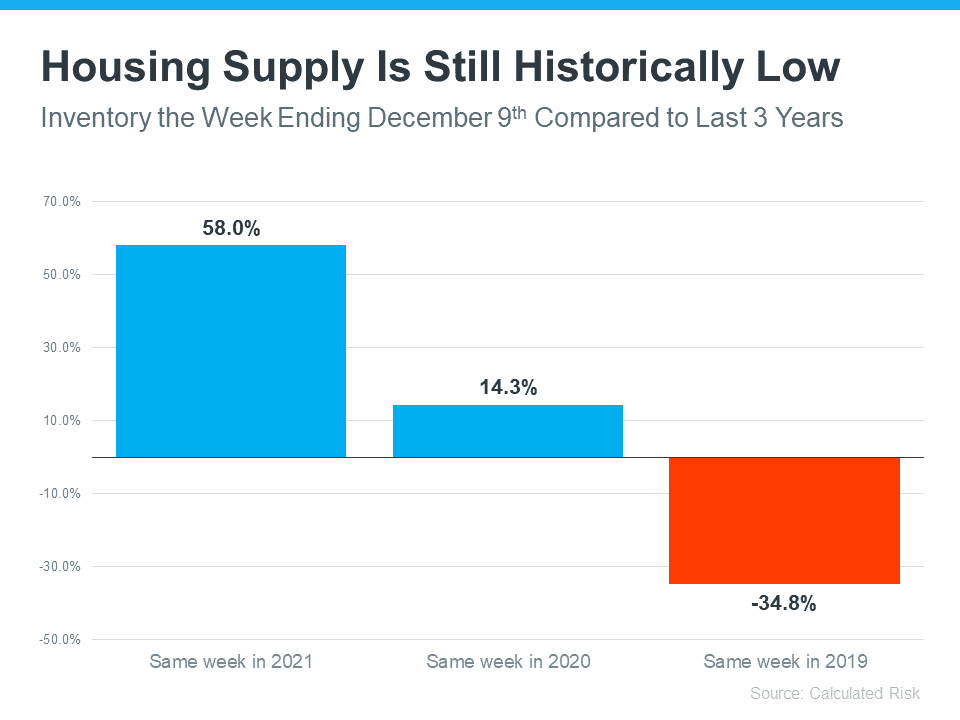

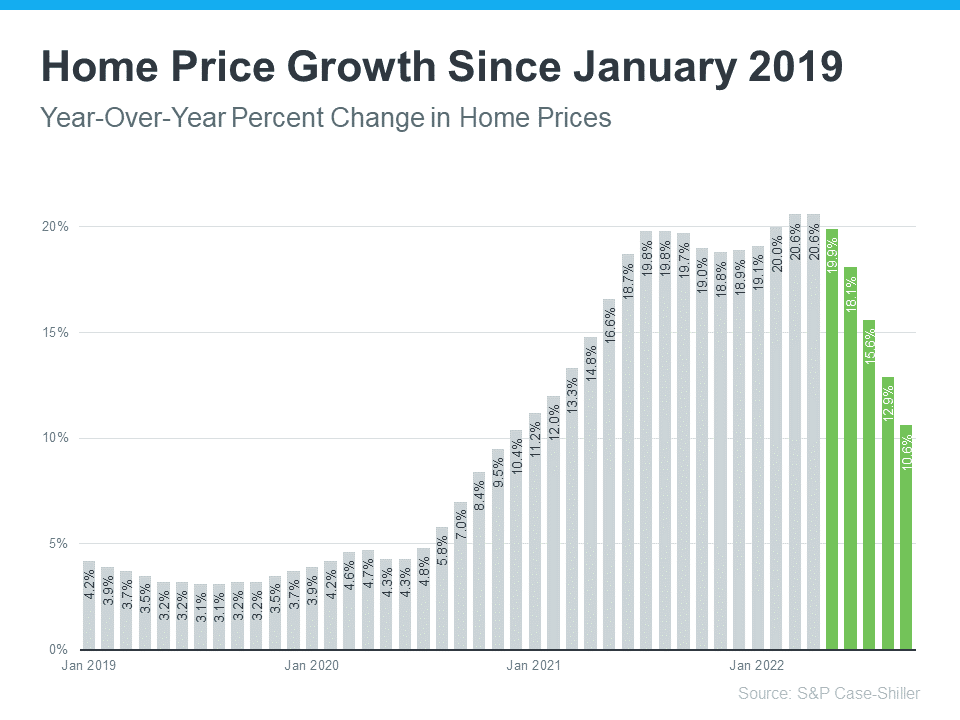
![Reasons To Sell Your House This Season [INFOGRAPHIC] | Simplifying The Market](https://daytonabeachpropertysearch.com/wp-content/uploads/2022/12/Reasons-To-Sell-Your-House-This-Season-KCM-Share-549x300-1.png)
![Reasons To Sell Your House This Season [INFOGRAPHIC] | Simplifying The Market](https://daytonabeachpropertysearch.com/wp-content/uploads/2022/12/Reasons-To-Sell-Your-House-This-Season-MEM.png)

